Changes in animal life cycles
I can record the life cycle of an animal.
Changes in animal life cycles
I can record the life cycle of an animal.
These resources will be removed by end of Summer Term 2025.
Switch to our new teaching resources now - designed by teachers and leading subject experts, and tested in classrooms.
These resources were created for remote use during the pandemic and are not designed for classroom teaching.
Lesson details
Key learning points
- The life cycle of an animal shows how it grows and changes from birth
- Making observations over time helps scientists to describe changes in animals during their life cycle
- The life cycle of animals can be recorded in different ways
Keywords
Animal - An animal is a living thing which moves and eats other animals or plants.
Life cycle - A life cycle shows the way in which a living thing changes as it grows.
Change - If something changes it does not stay the same.
Observe - To observe is to look very closely and use other senses too.
Record - To record information is to keep it so that it can be passed on to others. This can be through notes, photos and drawings.
Common misconception
Children may think that all offspring resemble their parents.
Show examples of offspring that resemble their parents and of those who do not.
To help you plan your year 2 science lesson on: Changes in animal life cycles, download all teaching resources for free and adapt to suit your pupils' needs...
To help you plan your year 2 science lesson on: Changes in animal life cycles, download all teaching resources for free and adapt to suit your pupils' needs.
The starter quiz will activate and check your pupils' prior knowledge, with versions available both with and without answers in PDF format.
We use learning cycles to break down learning into key concepts or ideas linked to the learning outcome. Each learning cycle features explanations with checks for understanding and practice tasks with feedback. All of this is found in our slide decks, ready for you to download and edit. The practice tasks are also available as printable worksheets and some lessons have additional materials with extra material you might need for teaching the lesson.
The assessment exit quiz will test your pupils' understanding of the key learning points.
Our video is a tool for planning, showing how other teachers might teach the lesson, offering helpful tips, modelled explanations and inspiration for your own delivery in the classroom. Plus, you can set it as homework or revision for pupils and keep their learning on track by sharing an online pupil version of this lesson.
Explore more key stage 1 science lessons from the New life unit, dive into the full secondary science curriculum, or learn more about lesson planning.

Equipment
This will be dependent on the animal chosen to observe over time.
Content guidance
- Depiction or discussion of sensitive content
- Risk assessment required - equipment
- Exploration of objects
Supervision
Adult supervision required
Licence
Starter quiz
6 Questions




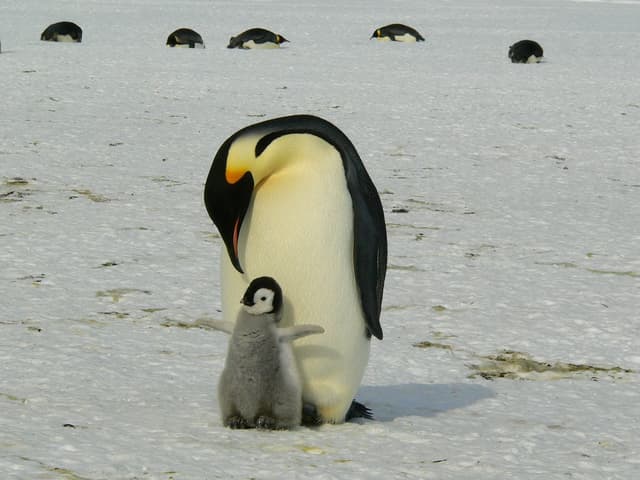
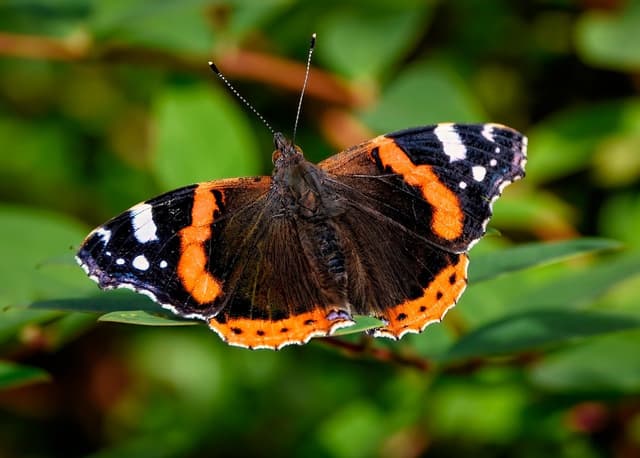
Exit quiz
6 Questions

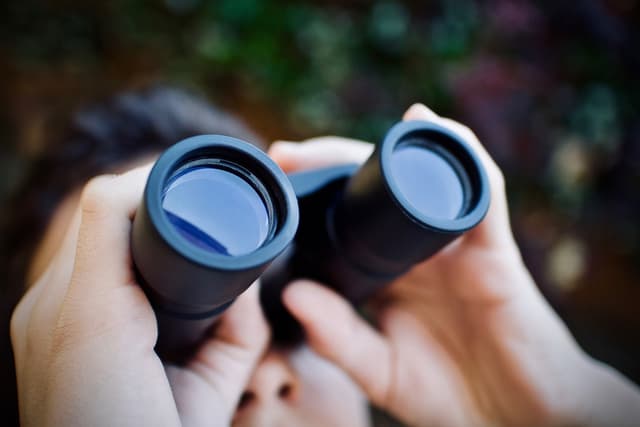
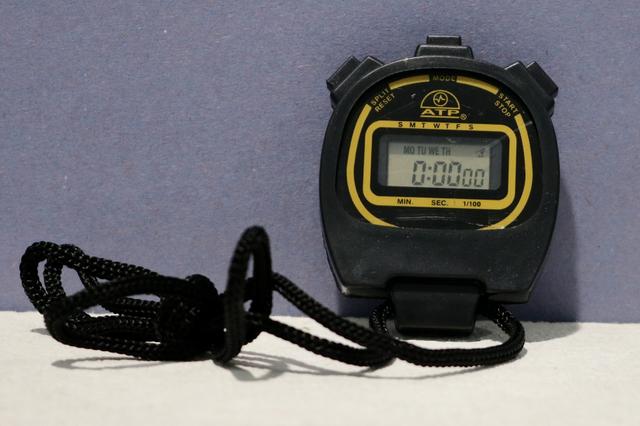


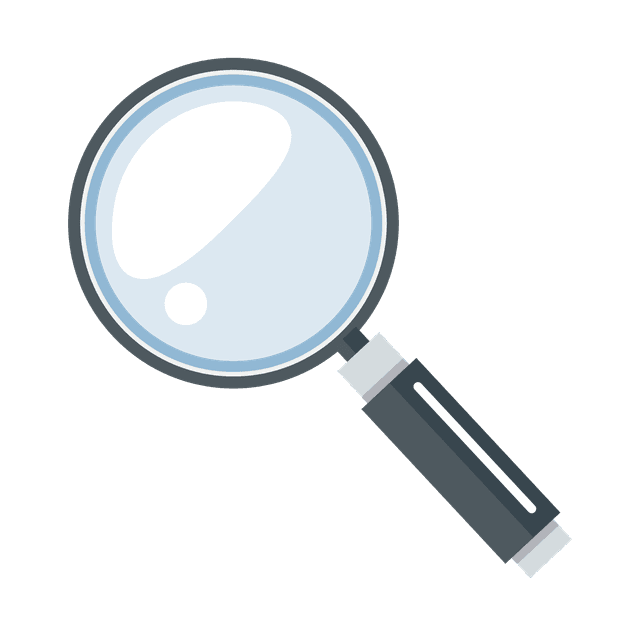



It looks very small and has no fur.
It is bigger but not fully grown. It has short ears.
It is fully grown, has long ears and white fur.


